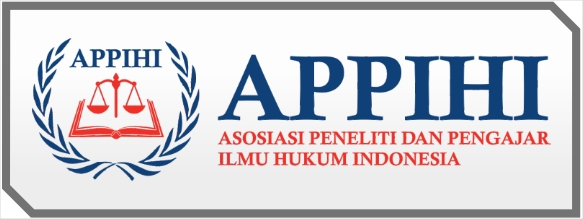Perubahan Bentuk Penyajian Silek Paarakan Menjadi Silek Galombang di Jorong Kampung Surau Kenagarian Gunung Selasih Kecamatan Pulau Punjung Kabupaten Dharmasraya
DOI:
https://doi.org/10.55606/sscj-amik.v1i6.2377Keywords:
Changes, Presentation, Silek Paarakan, Silek GalombangAbstract
This study aims to describe the influence of Interactive Multimedia learning media on class XI Cultural Arts (Dance) subjects at SMA N 15 Padang. This type of research is experimental research. The population in this study amounted to 250 students divided into 10 classes with a sample of 54 students divided into 2 classes. The instrument used is an objective test. Data is collected through observation, tests and documentation. The data processing steps are scoring, data processing and t-test. The results showed that the use of Interactive Multimedia learning media had a good influence on student learning outcomes compared to the use of conventional learning media in the form of printed books and blackboards. Judging from the results of the analysis of students' pretest and posttest scores in the experimental class and control class, the analysis was carried out with a statistical test in the form of an independent sample t test as a hypothesis test. The highest score in the experimental class was 100 and in the control class 87.5, while the lowest score in the experimental class was 58.3 and the control class was 25. So it is known that there is a significant difference between the scores of experimental class students and the control class. In this case, the scores of experimental class students who use Interactive Multimedia learning media are higher than the scores of control class students who use conventional learning media in the form of printed books and whiteboards
References
Bogdan, R. C., Biklen, S. K., (1992).Qualitative Research for Education: an. Introduction to Theory and Methods, Boston: Allyn& Bacon.
Gugun Arief Gunawan.(2007). Bela Diri. Yogyakarta :Insan Madani.
Indrayuda.(2013). Tari Sebagai Budaya dan Pengetahuan. UNP Press
Lutiyasa, R., & Nerosti, N. (2022). Bentuk Penyajian Tari Iyo-iyo Pada Upacara Pengangkatan Gelar Depati Ninik Mamak Di Desa Tanjung Pauh Mudik, Kerinci. Jurnal Sendratasik, 11(2), 201-209.
Moleong, Lexy.J, (2010).Metodologi Penelitian Kualitatif. Bandung: PT Remaja. Rosdakarya.
Moleong, Lexy.J, (2013).Metodologi Penelitian Kualitatif. Bandung: PT. Remaja Rosdakarya.
Mulyana.(2013). Pendidikan Pencak Silat Membangun Jati Diri dan Karakter Bangsa. Bandung : PT. Remaja Rosda karya.
Nurgiyantoro, B. (2018). Teori Pengkajian Fiksi. UGM press.
Ratna Sulistyo, P. (2013). Perancangan Punakawan Display Cards Tokoh Wayang Punakawan dengan Media (Printed Circuit Board) Sebagai Wujud Pelestarian dan Pengenalan Salah Satu Budaya Indonesia (Doctoral dissertation, Program Studi Desain Komunikasi Visual FTI-UKSW).
Ratmi, Y., &Nerosti, N. (2021).Tari Rentak Kudo Dari Ritual Panen Ke Hiburan Di Desa Tanjung Sungai Penuh. Jurnal Sendratasik, 10(3), 90-99.
Sedyawati, Edi. (1981). Tari :Tinjauan Seni Pertunjukan, Jakarta : Dunia Pustaka.






















